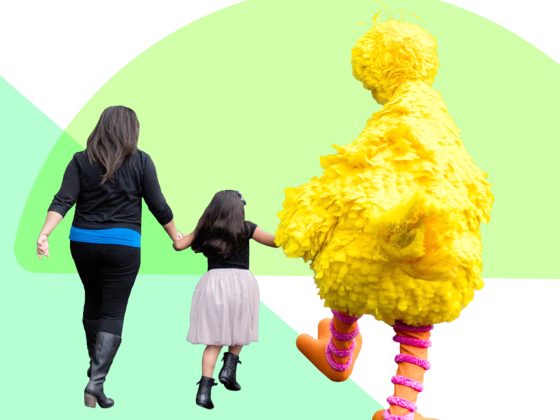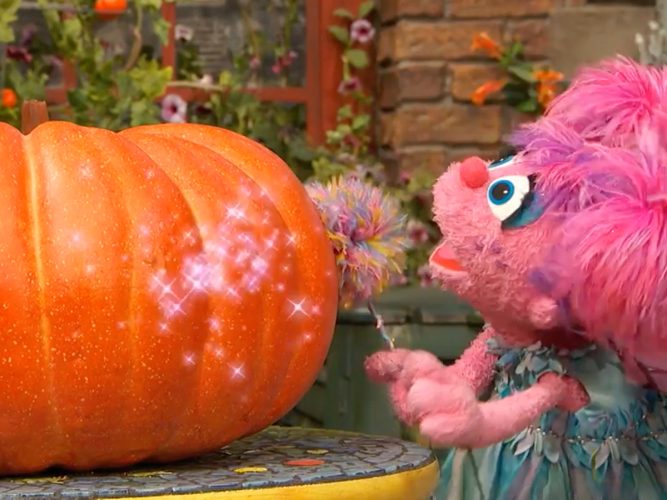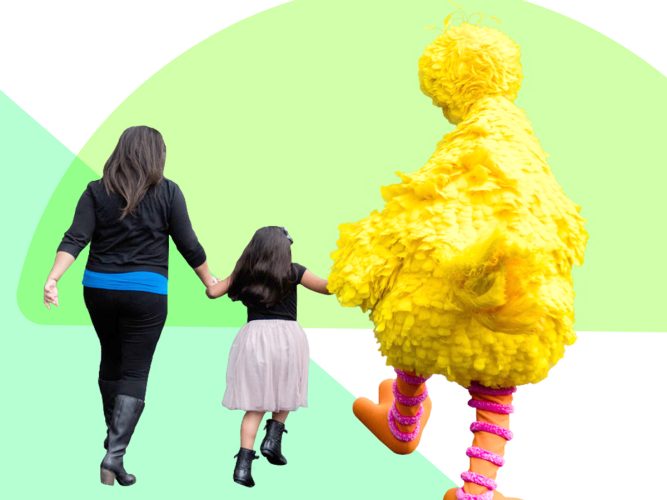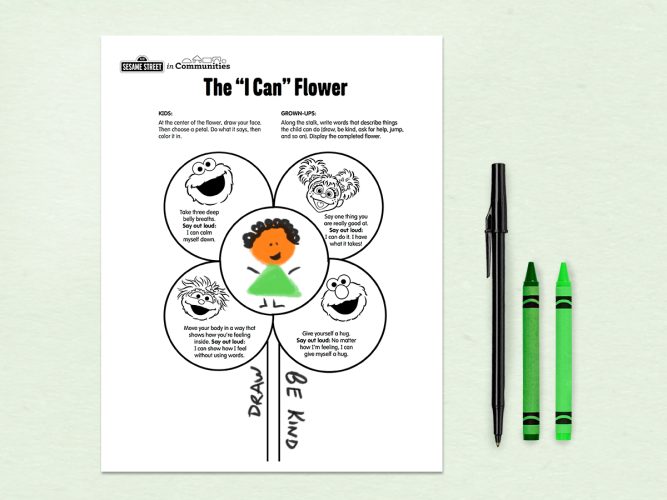
H Is for Hope
For kids who have experienced trauma, hope can lead to healing.
For both children and grown-ups, hope can be a powerful tool in healing from trauma. Having hope—and keeping it in the face of challenges—is a great coping strategy.
When we have hope, we:
- know what we want;
- believe in our ability to get there; and
- stay motivated to remain on the path toward our goal.
Hope is a way for getting through tough times and it’s a way to focus on a specific goal. Also:
- Hope helps you show up for the hard work needed to reach a goal (“the will and the way”).
- Hope feels good, and it’s good for your health. Anyone can learn it, and anyone can benefit from it.
- Hope can develop through good relationships.
- Hope allows a person to reach out for help, information, and support.
- Hope can promote happiness, better health, and school success.
- Caring adults can model hope for children by setting goals and pursuing those as well as involving children in the pursuit of group goals.
To help children build a sense of hope, try saying:
- What would you like to be able to do? I’ll help you do it.
- What is something you’ve learned in the past?
- You can find a way to figure things out.
- Everyone is always learning (both children and grown-ups!).
- You have people who love you and whom you can count on.
- Things are always changing. Big feelings come and go. It’s easier to have hope if you remember that you won’t always feel this way.
- You know some ways to help yourself, and you can learn more ways.
- Let’s say it together: “I know what I want. I can figure it out. I can keep trying. I have what it takes. I’ll get there.” Children learn with their bodies, and gross-motor skills advance learning. Encourage children to take on powerful poses with their entire bodies as they chant these mantras aloud.
For yourself, remember:
- Reaching out and asking others for help is a hopeful act. No one has to be alone.
- Even goals that seem big can be reached with lots of small steps.
- Even in very limited circumstances, you can set goals.
- People can keep their hope even when the worst things happen.
- You can change your own brain and train it in new ways.
- No one can take away your sense of hope.
- You can be afraid or doubtful and hopeful at the same time.
- Think about someone who “beat the odds” to succeed. How do you think that person remained hopeful?
Sources
Herth, Kaye. “Abbreviated Instrument to Measure Hope: Development and Psychometric Evaluation.” Journal of Advanced Nursing 17, no. 10 (1992): 1251–59.
Lopez, Shane J. Making Hope Happen: Create the Future You Want for Yourself and Others. Simon and Schuster, 2013.
Snyder, Charles R., Cheri Harris, John R. Anderson, Sharon A. Holleran, Lori M. Irving, Sandra T. Sigmon, Lauren Yoshinobu, June Gibb, Charyle Langelle, and Pat Harney. “The Will and the Ways: Development and Validation of an Individual-Differences Measure of Hope.” Journal of Personality and Social Psychology 60, no. 4 (1991): 570.
Snyder, CR, Shane J Lopez, Hal S Shorey, Kevin L Rand, and David B Feldman. “Hope Theory, Measurements, and Applications to School Psychology.” School Psychology Quarterly 18, no. 2 (2003): 122.

I Can Do It
Having confidence in one’s ability to learn and grow is a powerful force in healing, and allows kids to build a sense of hope for the future.

H Is for Hope
For kids who have experienced trauma, hope can lead to healing.

The “I Can” Flower
Traumatic experiences can hurt a child’s confidence and self-esteem, but there are ways to begin strengthening it again.
